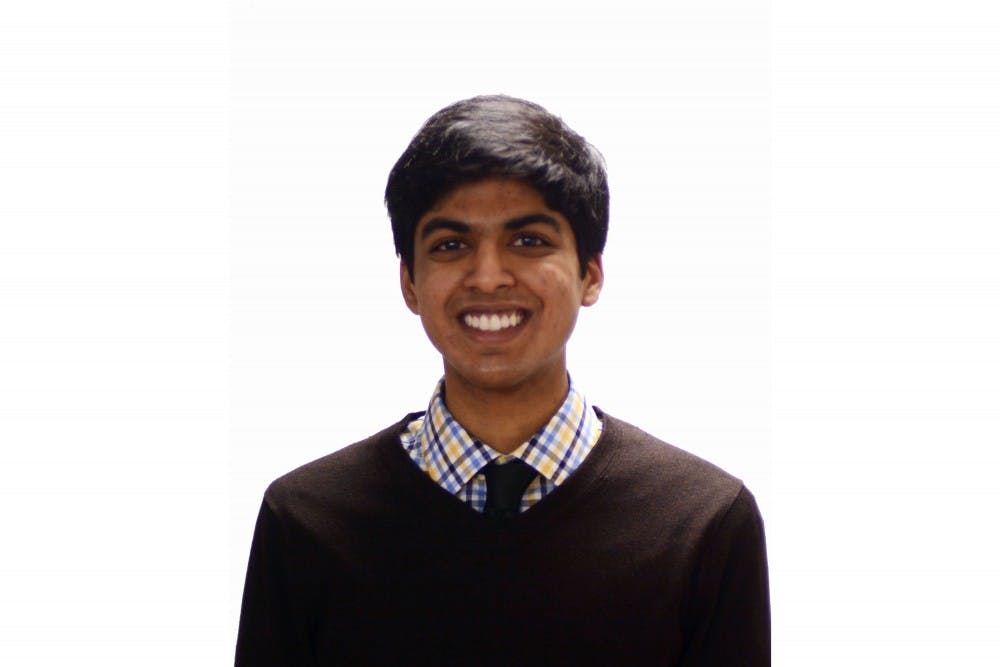For a Penn student, exposure to the idea of diversity starts early.
It first shows up while applying: beautiful high-resolution photos in the admissions catalog of a “diverse” group of friends laughing on the Green; essay questions that ask what diversity of perspective a student will bring to campus; selecting one’s race on the Common Application.
This time last year, a group called Students for Fair Admissions filed a lawsuit against Harvard, claiming it employs “racially and ethnically discriminatory policies and procedures” in the undergraduate admissions process. Around the same time, a panel discussion called “Affirmative (Re)Action” was held at Penn with the Office of the Provost.
Both the panel and the lawsuit are indicative of the important consequences that arise from diversity initiatives. The panel at Penn featured speakers who were self-identified to have benefited from affirmative action and highlighted the positive and negative aspects of their experience. The lawsuit seeks to prove that admissions is a zero-sum game — that by increasing diversity, some minority groups lose out.
But as both administrators and employers seek the perfect solution to a very pressing issue, there are questions that come up as well: Who decides who is diverse? When is there “enough” diversity? And most essentially, why should we even want diversity?
Anna Holmes, founder of the feminist blog Jezebel.com and columnist for The New York Times Sunday Book Review, took the stance last week that diversity “has become both euphemism and cliche, a convenient shorthand that gestures at inclusivity and representation without actually taking them seriously.”
She was responding to recent controversial comments made by John Doerr, a venture capitalist and former mentor of Ellen Pao, whose sex-discrimination case I discussed this past April (where I argued that race should also have been a factor): “We have two new partners who are so diverse I have a challenge pronouncing their names,” said Doerr at the TechCrunch Disrupt conference.
Speaking as someone who has trouble getting people to pronounce his two-syllable name properly, I find it unfortunate that Doerr — who argued that Pao was not discriminated against — would make a tasteless joke during a speech about diversity.
But affirmative action policies, started by Secretary of the Interior Harold Ickes in 1933 to target the workplace, have not been restricted to employment or education opportunities. The concept of diversity is very real in the world of media as well, in which film and television roles are always a hot topic.
Viola Davis powerfully stated in her 2015 Emmy Award acceptance speech, “You cannot win an Emmy for roles that are simply not there.”
Davis’ win means a lot for people of color. But does “people of color” include Asian Americans? As Lindsey Yoo, a Korean-American professional, wrote in NPR: “I have felt excluded from discussions concerning women of color, [and] I am certain that there are many other voices out there — Latina, Southeast Asian, Vietnamese, Native American — that also have felt left out, even under the all-welcoming label of ‘women of color.’”
Diversity is not all what it seems at surface level. Yoo alludes to ideas within Asian-American studies that, given the relatively recent migration history of Asians to the United States, race issues are typically discussed in black and white. Davis, while a powerful figure and role model for black American women, is also evidence of the idea that diversifying media is not only restricted to what is on-screen and visible to the public eye but aimed particularly at the white-black divide.
So while I’m not necessarily arguing against diversity, I argue that we need to redefine it beyond surface-level identifying characteristics.
The Daily Pennsylvanian is an independent, student-run newspaper. Please consider making a donation to support the coverage that shapes the University. Your generosity ensures a future of strong journalism at Penn.
DonatePlease note All comments are eligible for publication in The Daily Pennsylvanian.





